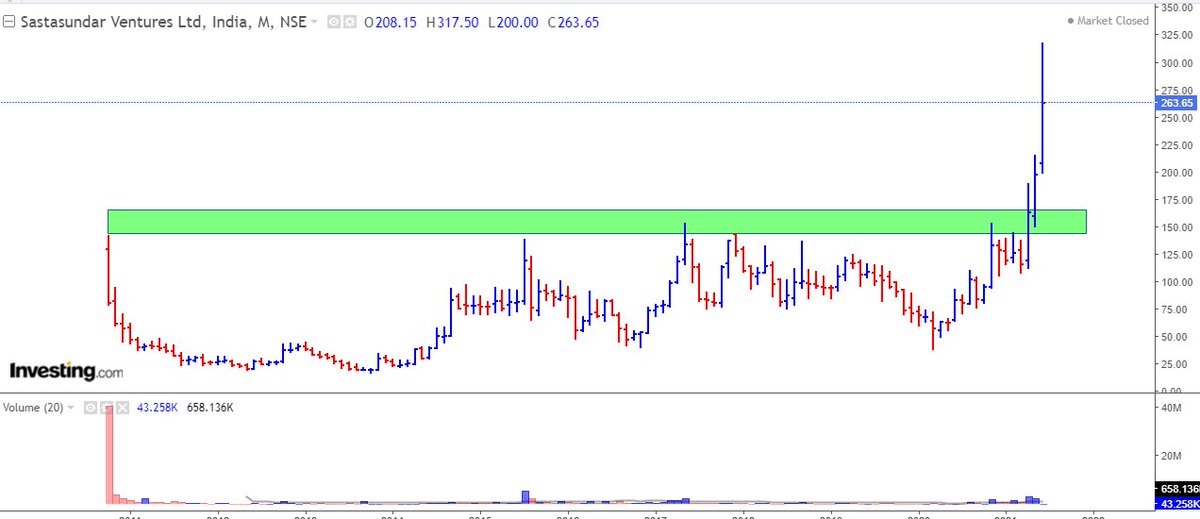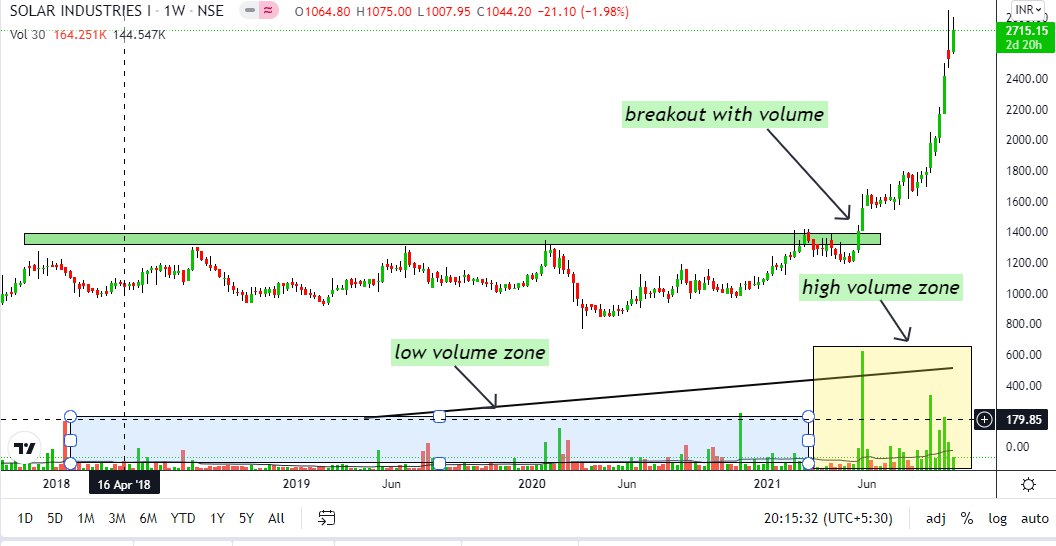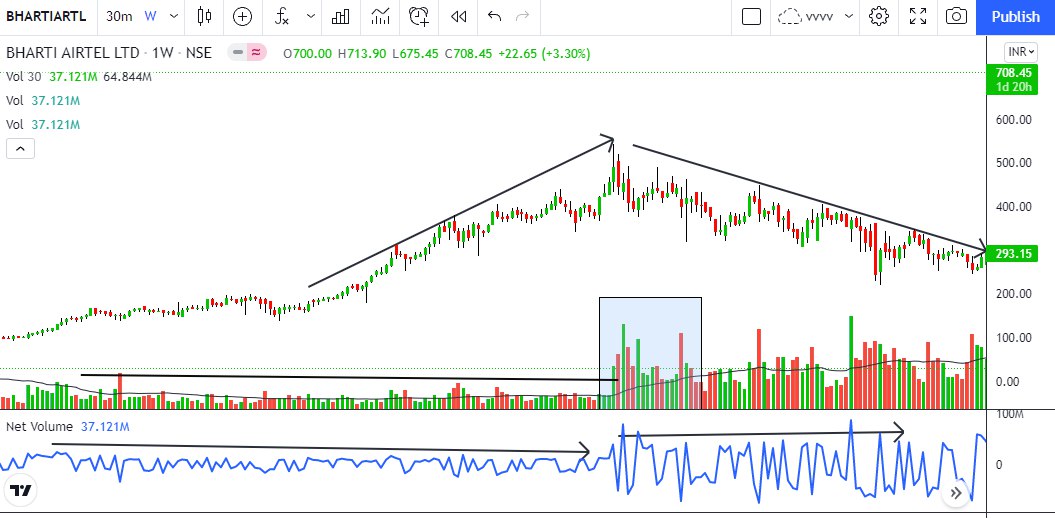Ex- #sastasundar after breakout 145/155 zone , stocks in 2/3 weeks given 30/40% return.
And in 2/3 months it was double 💞
Same - #balrampurchini








preparing mega thread \U0001f9f5 of
— Vikrant (@Trading0secrets) October 18, 2021
#volume analysis .
Key points \U0001f4cd
1\u20e3How should you interpret volume in different time frame?
2\u20e3how do you get that institution or big guys are accumulating ...
The full learning thread \U0001f9f5 about "VOLUME INTERPRETATION "
Stay tuned . \u0964\u0964\u0964\u0964\u0964



Happy Monday everyone :-) Let's ring in September by reacquainting ourselves with Virginia neo-Nazi and NSC Dixie affiliate Sayed "Robbie" Javid, now known by "Reform the States". Robbie is an explicitly genocidal neo-Nazi, so lets get to know him a bit better!
— Garfield but Anti-Fascist (@AntifaGarfield) August 31, 2020
CW on this thread pic.twitter.com/3gzxrIo9HD
